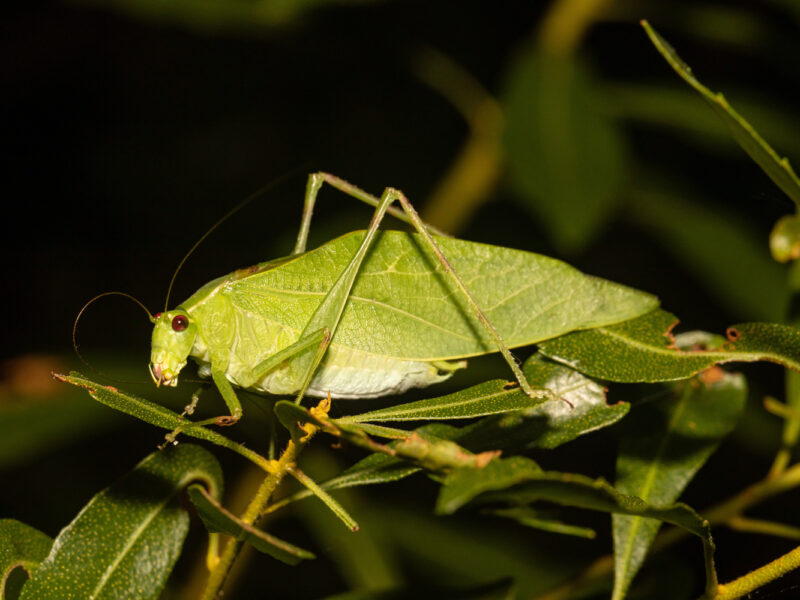
As I recall, it was only a day or two after the TWA plane crash on the night of July 17, 1996, in the ocean off East Moriches, when the night skies were filled with the sounds of snowy tree cricket calls. In a few days, those calls were at full volume, and one could hear little else, save the much lower monotonous “katy-did, katy-didn’t” calls of the katydid. Once started, the tree cricket calls went on in the dark until October without a break.
What is it about these wild beings that have to wait until dark to make themselves heard or seen? Fireflies, spring peepers, whippoorwills, bufo and spadefoot toads, tree frogs, and a bunch of other wild beings all wait until the sun goes down before advertising their whereabouts.
When I lived in California, and it got dark, I remember hearing night sounds, but they weren’t so loud or chorusy. Come midsummer every year here on Long Island, I would drive around all the back roads at night, from Montauk to Riverhead, and listen to the night calls.
In most years, the snowy tree crickets were the loudest, but in a few years, other species were dominant. Three or four years ago, gray tree frogs stole the show.
Other night callers were heard on occasion — once, even the wail of a coyote. But most, such as the chuck-will’s-widow or screech owl, were never dominant.
When my grandsons, Matthew or Kevin, visited in midsummer, we’d ride around at night on the back roads and count the flashes of fireflies and try to figure out what roadside habitats produced the most flashes. They didn’t have fireflies where they lived in San Francisco.
It was the rather dense residential area of northern East Hampton Town that was flash rich; another year, it was Napeague, on the way to Montauk, that produced the most flashes.
Last summer, the number of firefly flashes was down in areas of East Hampton and Southampton ravaged by the southern pine beetle, which laid to rest so many pitch pines here.
It’s hard to hear the other night-calling insects when the snowy tree crickets are in full song, except for one other insect, the katydid, a greenish cricket-like insect. Its call lies in its name, and it utters it over and over in a monotonous pattern from sunset to dawn, which can drive some humans almost crazy: “Katy-did, katy-didn’t,” one every five seconds, more than 600 an hour, three or four hours without stopping.
I only drove around a few nights last summer, and while it was hard to find a group of snowy tree crickets blasting away, katydids were common wherever I stopped the car to listen.
They say the snowy tree cricket call is so regular that one can use it to keep time. I have years and years of snowy cricket call records, and I would agree that you can fairly accurately tell the time by keeping track of them.
This summer, while we wait for the night calls to begin in earnest, we are host to a new bunch of night insects that like to enter your house when it’s dark: little antlike black flies, a little over a millimeter long, and even smaller shiny black bugs much less than a millimeter in size that scoot over my body with abandon. I don’t know where they came from — at the age of 87, I’ve never seen them before and wonder if they are to be watched out for.
Last night, I managed to capture five of them by using cellophane tape. WhiIe I use the same one side of tape to keep ticks, these little buggers have to be pinned between two layers of tape and completely sealed off, otherwise they get loose.
They don’t seem to bite, and my skin doesn’t itch after they’ve traversed it.
If anyone knows what they are, please let me know.